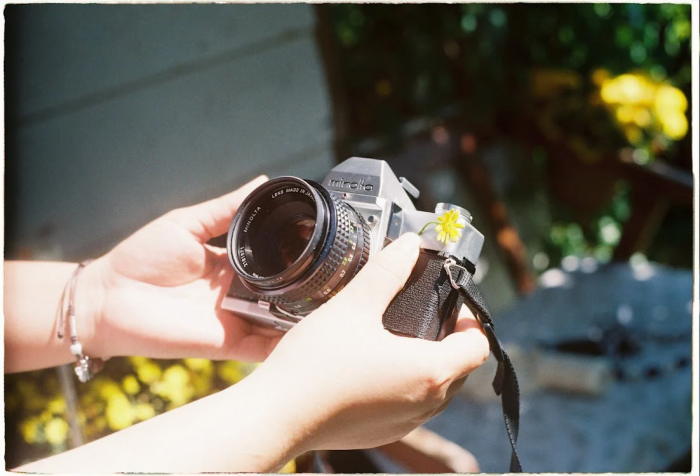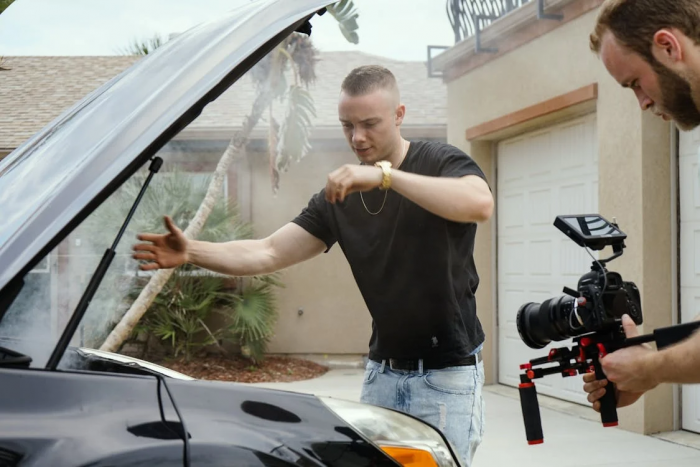Defining a viral moment as more than simply a one-time success is crucial before analyzing the anatomy of an attention-grabbing experience that achieves mass sharing. Think of it as a cultural micro-event that generates loud buzz for a brand. Usually driven by social sharing, it could be used for an extended length of time. A viral moment can be planned or spontaneous, relevant to a large audience or niche, traditional in execution, or entirely digital. However, it most often involves the manipulation of FOMO (fear of missing out).
Why Create Viral Moments

No brand can survive on just one viral moment. But the true power of a viral moment isn't just the short-term reach. It's the trust that comes with word-of-mouth endorsement and the long-term effects on brand affinity and purchase intent. That's why so many companies invest in brand, entertainment, or digital experiences: to create these magical instants when a brand connects with an audience on an emotional level.
Anatomy of a Viral Moment
While every viral moment has its own DNA, they often share certain traits. These attributes can usually be manipulated in a brand experience to better ensure audience attention and sharing. Here are seven traits to consider when creating your next viral moment:
1. Timeliness: Relevant topics change daily. Trending subjects fluctuate hourly. There's no timetable for news breaks. And while many brands miss the boat on making their messaging relevant to current events, there are always outside forces at play that warrant attention — like holidays or even the seasons themselves.
2. Surprise: The element of surprise takes many forms: shocking reveals, unexpected guests, twist endings, sudden occurrences, breathtaking moments, astounding feats, outlandish behavior, etc. While it can be difficult to plan for a surprise, much like humor, it is often rooted in contrast — a contrast to expectations, status quo, norms, etc.
3. Shareability: Ease of sharing was built into social media platforms for a reason. Make sure your brand experience lends itself to quick and easy sharing, too — whether it's bite-sized video content, snappy one-liners, memes, GIFs, images, etc. The more complex the share, the less likely it is to happen.
4. Connection: People share things that resonate with them personally — emotionally or logically. Just like word-of-mouth recommendations are rooted in trust, in order for something to go viral, it needs to connect with a wide variety of audiences — from different demographics to niche interests.
5. Brand Affiliation: A true viral moment cannot occur without brand affiliation. The content itself doesn't have to be 100% about the brand, but there must be some connection between the two — enough so the audience understands why it is happening and who is responsible for it.
6. Endurance: Many moments are fleeting, but true viral moments endure long after the instant passes. Sometimes, this is created by a cascading effect whereby sharing generates more sharing as different audiences latch on at different times and in different ways.
7. Celebration: At its core, a viral moment should feel like a party — one everyone wants to be part of and share with their friends.
How to Create Viral Moments
Every brand should use these four guidelines when developing their next great moment.
1. Plan for Spontaneity

- Something will always go off script regardless of how much you prepare for an event; this is generally when the magic occurs.
- Get staff ready to record unplanned events as they happen.
- Embrace real-time content; raw, unedited, unscripted moments seem to be more authentic.
Be flexible—adjust plans quickly to capitalize on spontaneous engagement.
2. Build-in Shareability
- You will never produce a really viral moment without allowing your audience to participate in the fun.
- Create readily shared content using basic formats across many platforms.
- Whether via hashtags, challenges, or live interactions, Encourage participation.
Create multiple angles of content so that different viewers may participate in their own unique manner.
3. Go Off-Brand
Your brand and your viral moment have a relationship that must be relevant but does not have to fit exactly into a box.
- Speak the language of your customers even if it contradicts your regular brand voice.
- Leverage popular culture events or trends that appeal to your intended market.
- Consider their priorities even if they have nothing to do with your product or service.
4. Use earned media
Don't rely solely on your own channels to promote your viral moment.
- To amplify reach, team with industry influencers and sponsors.
- Speak with media sources pre-event, during, and post-event.
- Make your content noteworthy and interesting to Encourage organic discussions.
Boosting Perception: Jumpstarting Viral Momentum with Purchased Followers & Views
First impressions count in the hectic realm of content creation. Buying followers and views may be a calculated action to start viral momentum on sites like Twitch, where visibility is everything. Popular streams inherently attract audiences; an early increase in numbers gives the impression of demand, therefore promoting organic engagement.
A high viewing count indicates legitimacy and draws actual users more inclined to stay, participate, and share. In the craft of grabbing audience attention, perception is everything; early traction investment may make all the difference between obscurity and virality. Used sensibly, it's a shortcut to becoming well-known and acquiring actual influence.
Conclusion
Making a viral moment calls for audience engagement, spontaneity, and a mix of strategies. By leveraging timeliness, surprise, shareability, and brand affiliation, brands can craft experiences that really resonate and endure. Whether by planned amplification or organic reach, the secret is to produce moments that seem authentic, interesting, and difficult to overlook.
Post Comment
Be the first to post comment!


